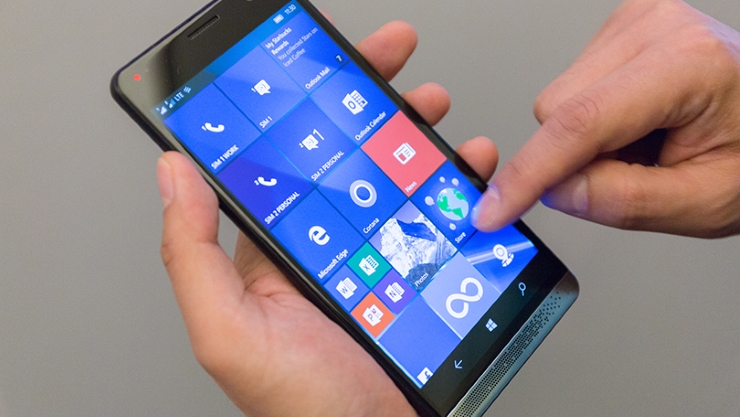
I was intrigued earlier this year by HP’s Elite X3, a phablet that can be used as a smartphone, tablet, and even a full PC.
OpinionsThis 5.9-inch Windows 10 smartphone runs the new, high-powered Qualcomm 820 processor and 4GB of RAM and has 64GB of internal storage. On the surface, it’s a great Windows Mobile phone, but what makes it interesting is a special docking system that turns it into a PC. Using a phablet to run full Windows applications would be difficult, but with this docking system, the X3 can be connected to a larger keyboard and monitor to serve as the CPU, OS, and application layer.
The idea is not new; Motorola tried it unsuccessfully with the Atrix. And I have seen at least four or five similar designs in labs that never came to market. But HP’s attempt begs a more important question: are smartphones these days just too complicated?
Smartphone makers are cramming more and more functionality into smartphones, but this actually makes them more difficult to use. Part of the problem is that phone makers believe everyone wants to use these devices for “productivity.” But we polled thousands of customers and found that about 80 percent of all smartphone users only use eight to 12 apps on a consistent basis, which includes basic things like email, messaging, social networking, news, games, weather, and photo- and video-related apps and services. But only about 10-15 percent use them for serious productivity.
To put this in context, about 2.5 billion smartphones will be sold this year around the world, and most people will use them for very basic communication, social networking, and highly consumer-focused needs. Yet tech companies keep making their mobile operating systems more powerful so that they can meet the productivity needs of a minority group of users.
The result is that smartphones have become more complicated and in some cases more difficult to use for an audience that will likely never become power users.
I understand that consumers want powerful devices that run any app or service on their phones and would balk at a phone that was limited in some way. Mobile OS vendors are aware of this and have added things like Apple’s Siri, Google Now, and Microsoft’s Cortana to help streamline the user experience. They are also using the power of next-generation mobile processors to increase the accuracy of their voice UIs, add cameras and software that can do better face recognition, employ more accurate location and contextual information, and are working on things like gestures and prediction.
The ultimate goal is to use these new technologies to decrease complexity. The good news is that there’s actually a roadmap in place to get this done. With any luck, we should have some of these powerful new features later this year.





